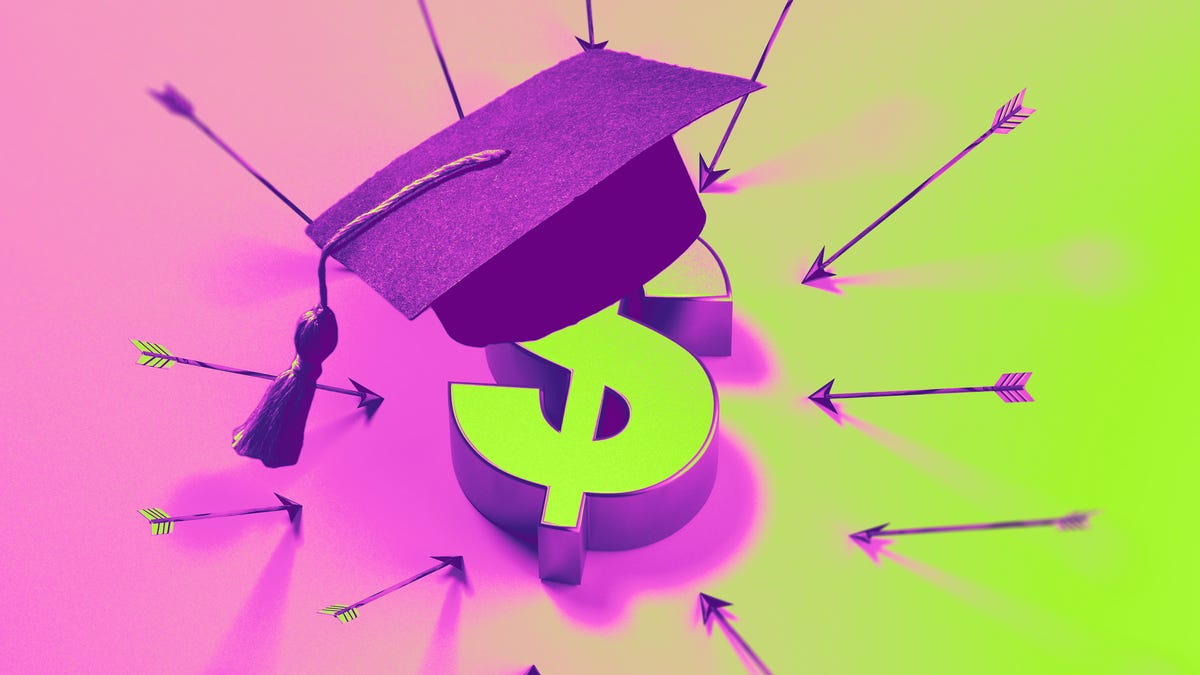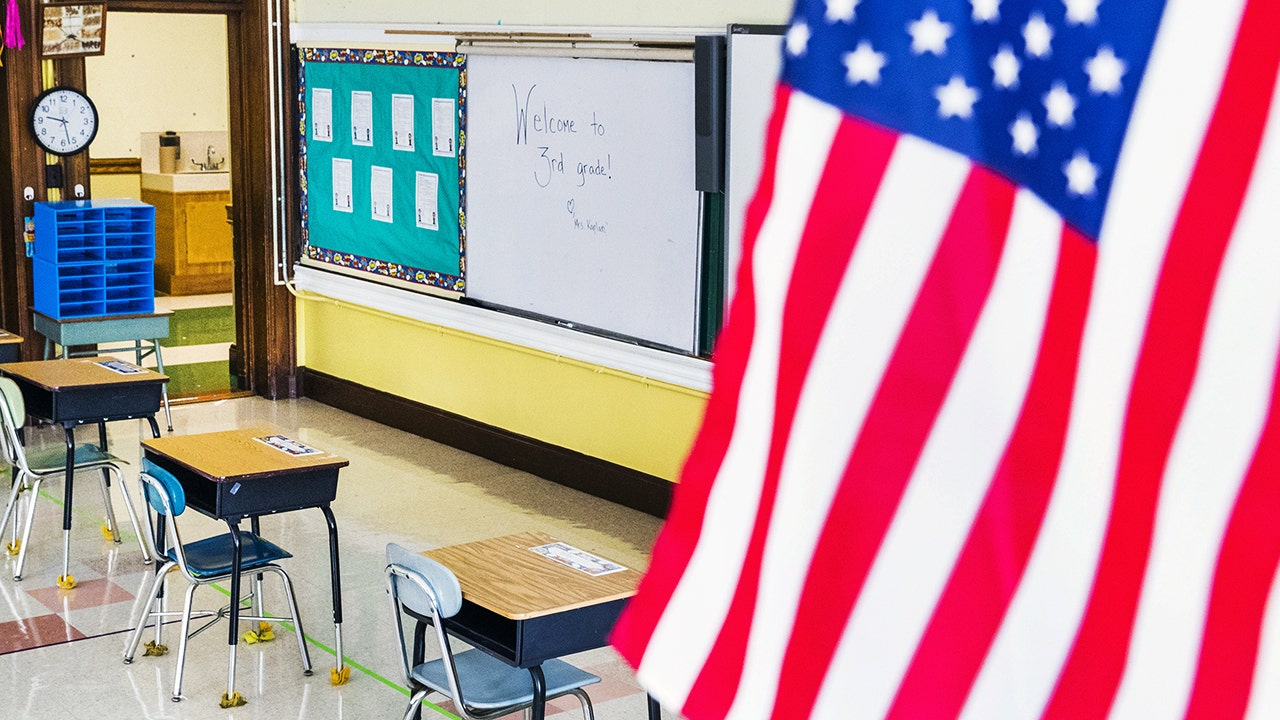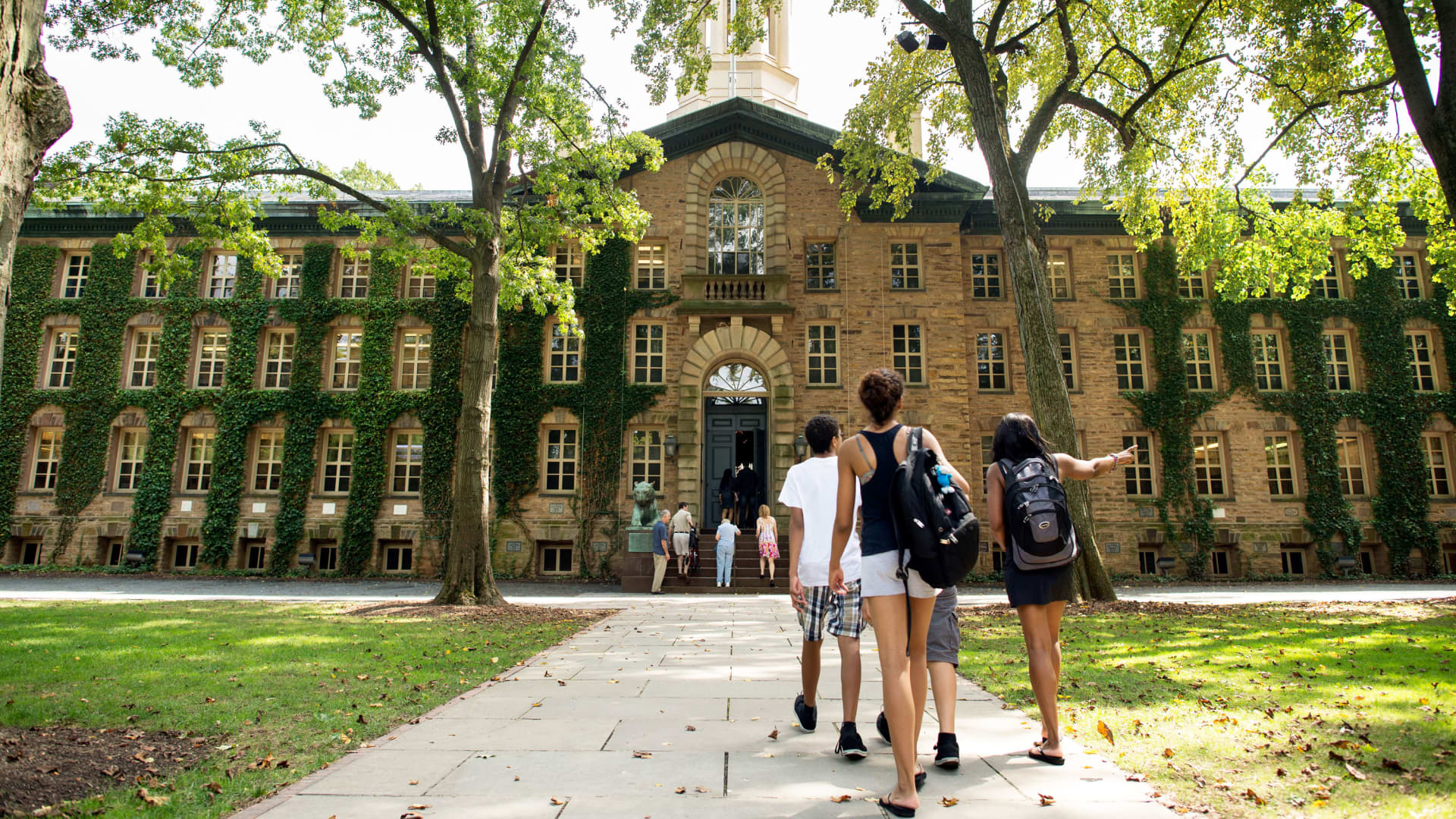Navigating the Future: What Trump’s Education Policy Means for Student Loan Borrowers
As the political landscape shifts, student loan borrowers must prepare for potential changes in educational policy under Trump’s administration. With the former president’s resurgence on the political stage, many are left wondering how his education policies may impact the millions of Americans burdened by student loan debt. In this article, we will explore the implications of these developments, examining how borrowers can navigate this uncertain terrain while protecting their interests.
Understanding Trump’s Education Policy Framework
Donald Trump’s education policy has historically been characterized by a push for school choice, deregulation, and a reduction in federal oversight of education. During his presidency, we saw initiatives aimed at promoting charter schools and voucher programs, which allowed public education funds to be used for private schooling. Additionally, Trump’s administration focused on easing restrictions on for-profit colleges, often prioritizing market-driven solutions over traditional public education systems.
The implications of these policies are significant for student loan borrowers. With a potential return to similar policies, we need to consider how they could affect access to education, funding opportunities, and the overall landscape of student debt.
Impact on Student Loan Forgiveness Programs
One of the most pressing concerns for student loan borrowers is the future of loan forgiveness programs. Under Trump’s previous administration, there was skepticism about the efficacy of such programs, particularly those aimed at public service workers and income-driven repayment plans. The Trump administration proposed changes that would limit eligibility and streamline forgiveness processes.
If similar policies are reinstated, borrowers should be prepared for:
- Stricter eligibility criteria: Programs like Public Service Loan Forgiveness (PSLF) may face additional regulations, making it harder for borrowers to qualify.
- Potential caps on forgiveness amounts: There could be limitations on how much debt can be forgiven, impacting those who have dedicated years to public service.
- Increased scrutiny on for-profit programs: If for-profit colleges continue to receive federal funding without stringent oversight, borrowers may find themselves in programs with high default rates and poor outcomes.
Shifts in Funding for Higher Education
Funding for higher education is another area where Trump’s policies may create significant shifts. Historically, Trump’s administration has favored reducing federal funding for higher education, advocating instead for states to take on more financial responsibility. This approach could lead to:
- Increased tuition costs: With less federal funding, public universities may raise tuition rates, making higher education less accessible.
- Limited grant opportunities: Borrowers who rely on federal grants may find fewer options available, pushing them further into debt.
- More reliance on private loans: As federal support dwindles, students may turn to private lenders, which often carry higher interest rates and less favorable repayment terms.
Strategies for Borrowers in a Changing Environment
Given the potential changes on the horizon, student loan borrowers must take proactive steps to safeguard their financial futures. Here are several strategies to consider:
- Stay informed: Keep a close eye on news related to education policy and student loans. Understanding the political landscape will help you anticipate changes.
- Explore all repayment options: Familiarize yourself with various repayment plans, including income-driven repayment options that may offer more manageable monthly payments.
- Document your progress: If you’re pursuing loan forgiveness, maintain thorough records of your employment and payments to ensure you meet eligibility requirements.
- Consider refinancing: If you have high-interest loans, refinancing could lower your rates, potentially saving you money in the long run.
- Consult with a financial advisor: Professional guidance can provide personalized strategies tailored to your unique situation.
The Role of Advocacy and Community Support
As student loan borrowers navigate the uncertain waters of potential policy changes, community support and advocacy become essential. Engaging with local organizations focused on education and financial literacy can provide invaluable resources and connections. Additionally, advocacy groups can amplify voices calling for fair policies that protect borrowers.
Involvement in grassroots movements can also encourage lawmakers to consider the perspectives of students and borrowers when crafting legislation. Here are some ways to get involved:
- Join local advocacy groups: Organizations focused on education reform can provide platforms to voice concerns and push for change.
- Participate in public forums: Attend town hall meetings or community discussions to engage with elected officials about education policy.
- Utilize social media: Share your story and experiences on platforms like Twitter or Instagram to raise awareness and connect with others facing similar challenges.
Looking Towards the Future
As we look ahead, it’s crucial for student loan borrowers to remain vigilant and adaptable. The landscape of education policy is ever-changing, and while uncertainties abound, there are also opportunities for advocacy and reform. By staying informed and engaged, borrowers can better navigate the complexities of student loans and work towards a future where education is accessible and affordable.
In summary, understanding what Trump’s education policy means for student loan borrowers is essential in an evolving political climate. By actively participating in the conversation and taking proactive steps to safeguard their interests, borrowers can position themselves for success, regardless of the challenges that lie ahead. The power of community, advocacy, and informed decision-making will play a critical role in shaping a brighter future for student loan borrowers across the nation.
See more TED Talks World



